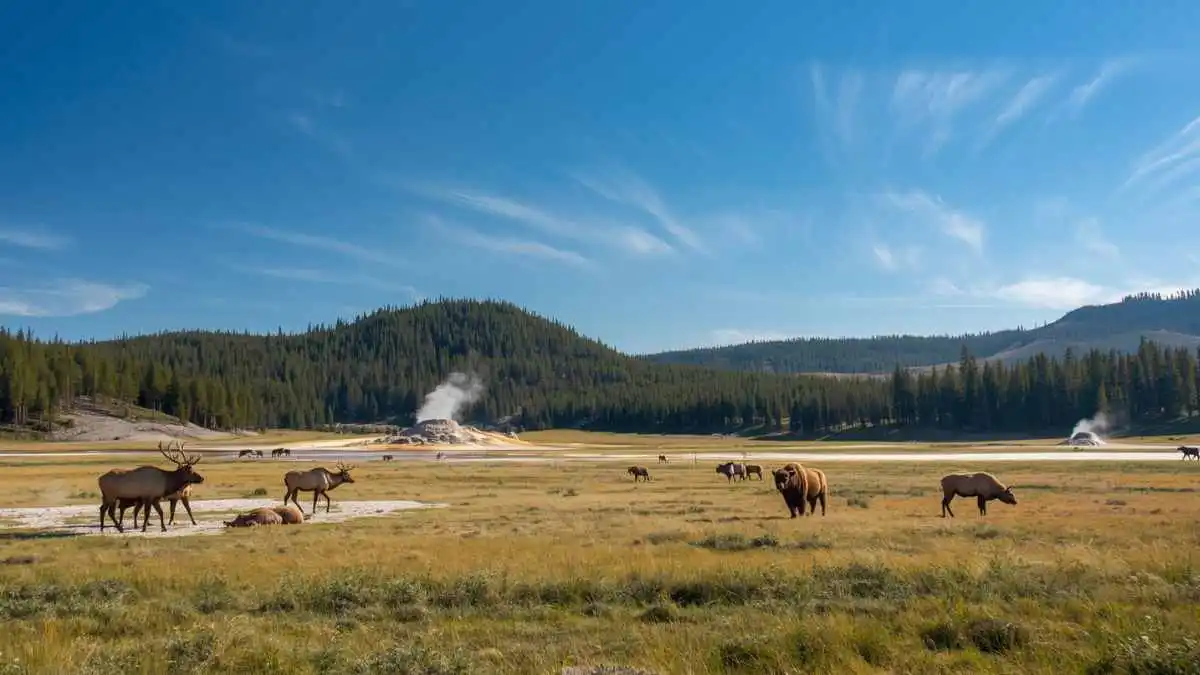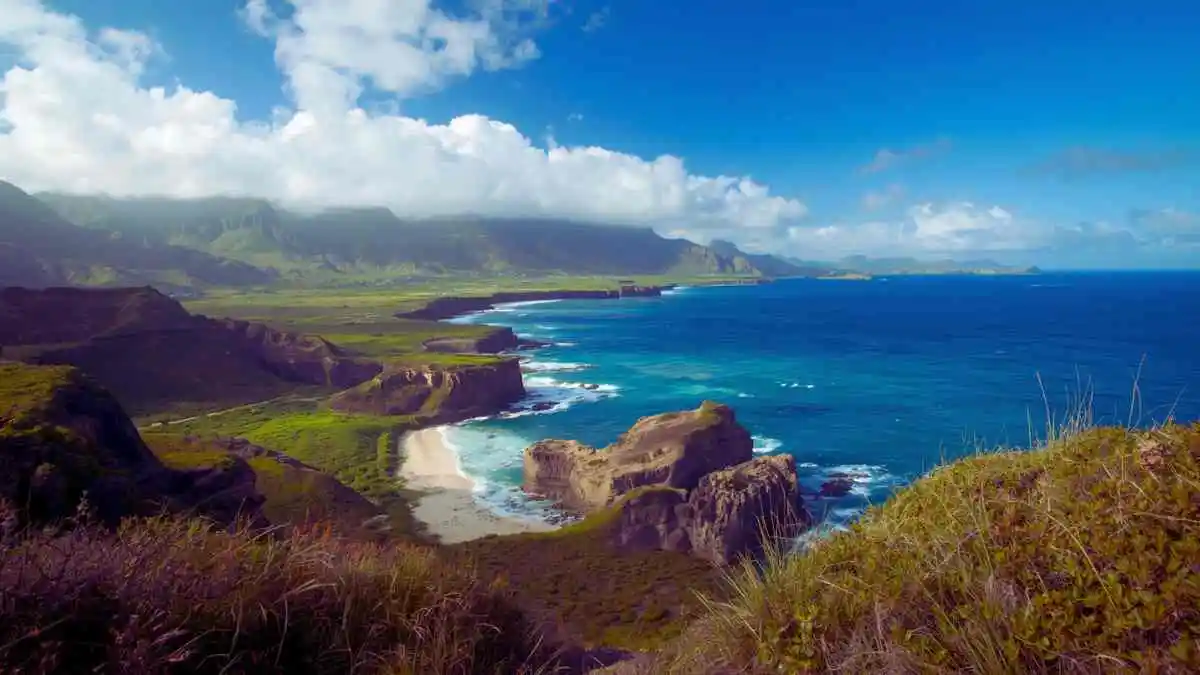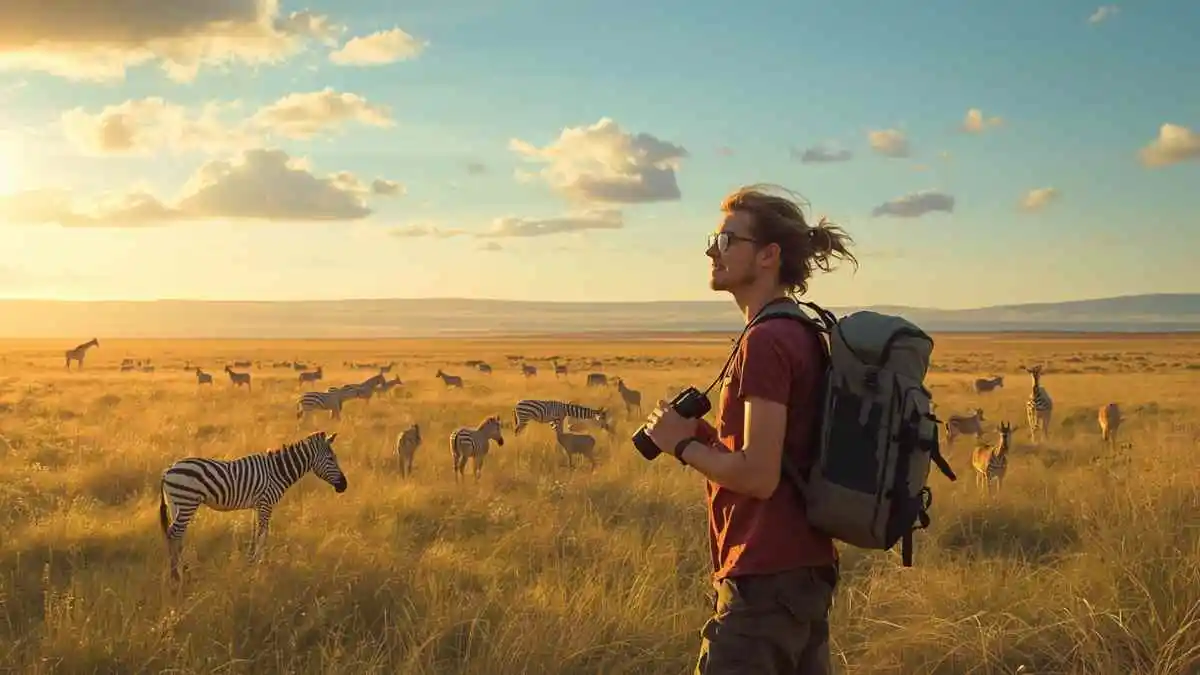Solo travel offers a unique opportunity to explore the world on your own terms.
Whoever wildlife enthusiasts, traveling solo can provide an intimate connection with nature, a deeper understanding of animal behavior, and the chance to experience remote, untamed landscapes.
If you’re looking to immerse yourself in the jungles of Africa or explore the rich biodiversity of the Amazon, there are many destinations that cater to solo travelers seeking unforgettable wildlife encounters.
We will suggest you 5 Best Solo Travel Destinations For Wildlife Encounters, providing detailed insights into what makes each location perfect for independent adventurers.
Why Solo Wildlife Travel Is Worth It:
Traveling solo is an enriching experience for many reasons. When it comes to wildlife travel, it allows for:
-
Personalized experiences: As a solo traveler, you have full control over your itinerary. You can choose when to wake up for the sunrise safari or when to venture into the wild for a tranquil, solitary hike.
-
Immersion in nature: Without the distractions of a travel companion, you’re able to connect deeply with your surroundings. This creates a stronger bond with nature and wildlife, enhancing your overall experience.
-
Flexibility: Solo travel allows you to change plans at the drop of a hat. If a particular wildlife sighting or activity catches your eye, you can pivot without worrying about other people’s schedules or preferences.
However, it’s essential to prepare for solo wildlife travel, as some destinations are more suited for solo adventurers than others. With that in mind, here are the best destinations for those seeking unforgettable solo wildlife encounters.
5 Best Solo Travel Destinations For Wildlife Encounters:
1. Okavango Delta, Botswana

Why Visit: The Okavango Delta is one of Africa’s most iconic wildlife destinations. A UNESCO World Heritage site, this inland delta is home to a diverse range of wildlife, including elephants, lions, buffaloes, hippos, and countless bird species. The Okavango is unique because it offers a combination of land and water safaris, making it a truly diverse experience.
Solo Travel Perks:
-
Guided Safaris: Solo travelers can join small group safaris or private game drives, ensuring that they don’t feel alone in the vast wilderness. These safaris are led by expert guides who are well-versed in the local wildlife and terrain.
-
Mokoro Rides: A mokoro is a traditional canoe, and exploring the Okavango’s waterways in one is a serene way to witness wildlife up close. The mokoro rides are particularly safe for solo travelers, as they are led by experienced polers.
-
Accommodation: Many lodges in the Okavango cater to solo travelers, offering single occupancy rooms and the option to join shared game drives and excursions.
Tip: The Okavango Delta is a remote destination, so it’s essential to plan your trip well in advance. Many lodges and tours require early booking, especially during peak travel seasons (May to October). Ensure your lodge or safari operator is solo-friendly and offers flexible booking options.
Read Next: Rome For 3 Days
2. Yellowstone National Park, USA

Why Visit: As one of the most famous national parks in the world, Yellowstone offers diverse wildlife and incredible landscapes, including geothermal features and stunning mountain vistas. It is home to bison, elk, wolves, bears, and many other species.
Solo travelers who looking for a mix of wildlife viewing and breathtaking scenery, Yellowstone is an excellent choice.
Solo Travel Perks:
-
Guided Ranger Programs: Yellowstone’s park rangers offer various educational programs and tours, which are great for solo travelers who want to learn more about the park’s ecology and wildlife. These programs also allow for socializing with fellow visitors.
-
Self-Driving Options: Solo travelers can take advantage of Yellowstone’s well-maintained roads, allowing for a self-driven experience through the park. This gives you the flexibility to explore at your own pace, stopping at wildlife hotspots along the way.
-
Safety and Infrastructure: Yellowstone is well-equipped to handle solo travelers, with clear signage, easy access to amenities, and plenty of lodges, cabins, and campsites that cater to individuals.
Tip: When traveling solo, be sure to follow safety protocols, especially when encountering wildlife. It’s important to keep a safe distance from animals, particularly bears and bison, and to store food securely to avoid attracting wildlife to your campsite.
3. Kruger National Park, South Africa

Why Visit: Kruger National Park is one of Africa’s largest and most famous game reserves, offering an abundance of wildlife. Known for its Big Five (lion, elephant, buffalo, leopard, and rhinoceros), Kruger is a prime destination for solo travelers seeking a classic African safari experience.
Solo Travel Perks:
-
Self-Drive Safaris: Kruger is one of the few African parks where solo travelers can safely embark on self-drive safaris. The park is equipped with well-maintained roads, making it easy for solo travelers to navigate. However, it’s recommended to join guided tours for a more in-depth experience.
-
Accommodation Options: Kruger offers a variety of accommodations, from luxury lodges to budget-friendly campsites, all of which cater to solo travelers. Many lodges offer the option of private game drives or the opportunity to join a group safari.
-
Safety: Kruger’s infrastructure and the presence of park rangers make it one of the safest safari destinations for solo travelers. Additionally, the park’s popularity ensures a social yet secure environment.
Tip: Opt for morning or evening game drives, as this is when wildlife is most active. These drives offer the best opportunities for encountering predators like lions and leopards.
4. Galápagos Islands, Ecuador

Why Visit: The Galápagos Islands are a paradise for wildlife enthusiasts. Known for their unique ecosystems and the famous giant tortoises, the Galápagos offer the chance to see species that are found nowhere else on Earth, such as marine iguanas and blue-footed boobies.
Solo Travel Perks:
-
Guided Tours: The islands are well-equipped for solo travelers, with guided tours available for hiking, snorkeling, and boat trips. These tours are led by naturalists who provide valuable insights into the islands’ ecosystems and wildlife.
-
Island Hopping: Solo travelers can explore the various islands of the Galápagos through organized boat tours or cruises, allowing for a flexible and immersive experience.
-
Safety and Support: Solo travelers are well supported on the islands, with numerous accommodations and activities specifically designed for individuals, including eco-friendly lodges and small-group tours.
Tip: Be prepared for the cost, as the Galápagos are a remote destination with a premium on eco-tourism. Booking well in advance is crucial, especially during peak tourist seasons (December to May).
5. Borneo, Malaysia

Why Visit: Borneo is a must-visit destination for those interested in tropical rainforests and unique wildlife. It is home to endangered species such as orangutans, pygmy elephants, and proboscis monkeys. Solo travelers will find plenty of opportunities to explore Borneo’s rainforests, jungles, and rivers.
Solo Travel Perks:
-
Solo-Friendly Tours: There are numerous solo-friendly wildlife tours available, including guided hikes, river cruises, and orangutan viewing experiences. These tours are often small-group, ensuring a personal and intimate experience with the wildlife.
-
Accommodation Options: From rustic jungle lodges to more luxurious eco-resorts, Borneo offers various accommodations that cater to solo travelers. Many offer packages that include wildlife encounters and guided excursions.
-
Safety: Borneo is generally safe for solo travelers, though it’s recommended to travel with a guide for certain activities, especially when trekking in remote jungle areas.
Tip: Don’t miss a visit to the Sepilok Orangutan Rehabilitation Centre, where you can see orangutans up close while supporting conservation efforts. Also, be prepared for humid and rainy weather, especially from November to February.
Common Questions (FAQs)
Q1: Is solo wildlife travel safe?
Yes, if you choose reputable lodges, guided tours and follow basic safety protocols. Many destinations listed are geared for solo travellers with shared safari vehicles and group activities.
Q2: What if I don’t see the “big animal” I came for?
Wildlife is unpredictable. The key is being in the right environment, at the right time, with good guides. Focus on the broader experience—habitat, birds, smaller animals, scenery—and you’ll still have a memorable trip.
Q3: What’s the best time of year for wildlife encounters?
It depends on the destination. For example, dry seasons in Africa (e.g., August–October) often bring animals to waterholes; in India, autumn to winter is prime safari season. Research each location for peak wildlife viewing.
Q4: Are solo‑travel wildlife trips expensive?
They can be, especially in Africa or luxury lodges. But there are budget‑friendly options: group safaris, national park accommodations, or shorter trips focused on one region. Booking “solo traveller” deals or sharing vehicles helps.
Additional: Choose well, travel responsibly and open yourself to the awe of nature. The experience of standing alone (but never lonely) in the presence of wild animals is one you’ll never forget.
Useful:
-
Solo travellers & authentic animal encounters — Journeywoman. JourneyWoman
-
Solo wildlife travel destinations list — TravelDeeper. Travel Deeper with Gareth Leonard
-
Solo wildlife tours in India — BigCatsIndia. Big Cats Indi

